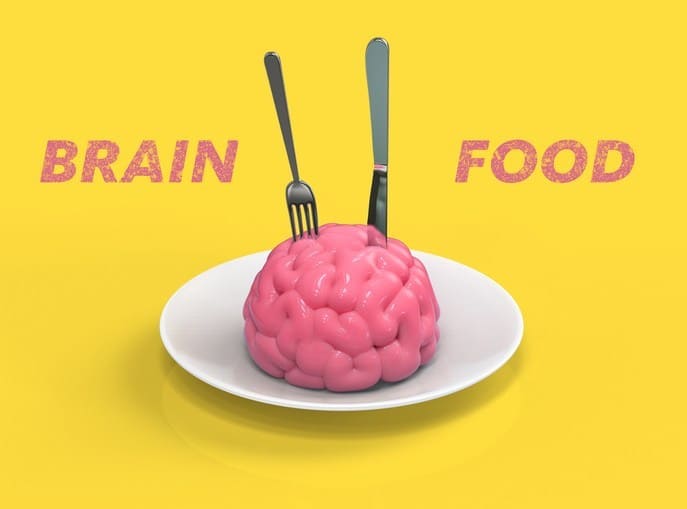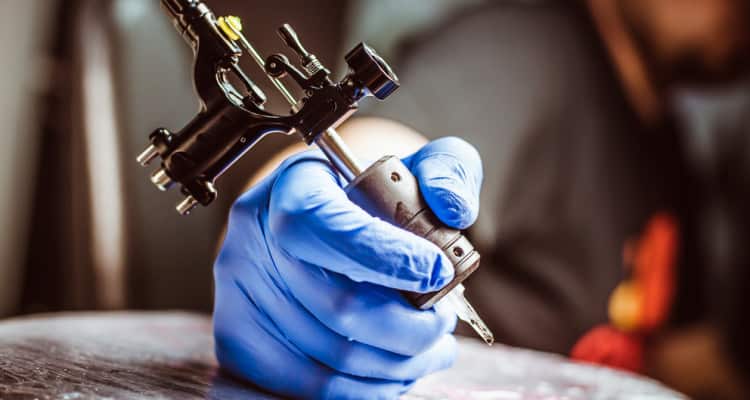Contents:
- Medical Video: #89 Cerebral venous sinus thrombosis
- Some signs of CSVT symptoms
- Possible causes of CSVT
- Treating CSVT
- CSVT can occur again
- Neurological exam
- Blood test
- Computed tomography (CT) scan
- Magnetic resonance imaging (MRI)
- Lumbar puncture
Medical Video: #89 Cerebral venous sinus thrombosis
CSVT is a stroke that occurs due to blood clots in blood vessels.
Some signs of CSVT symptoms
Children, adolescents and adults who experience strokes due to CSVT can suddenly or suddenly show 1 or more of these signs:
- Losing the ability to speak, having difficulty speaking or having difficulty understanding conversation
- Do not see clearly with one or both eyes
- Experiencing confusion and lack of enthusiasm
- Having severe headaches with or without vomiting
- The face, arms, or legs feel weak or numb, usually on one side of the body.
Babies who have a CSVT stroke can show the following symptoms, namely:
- Having seizures for no apparent reason. Seizures can look like a twitching face, arm, or leg.
- Extreme difficulty to wake up during the day outside of normal sleep time
Possible causes of CSVT
Sometimes CSVT occurs in healthy children. For other children, CSVT can be caused by other conditions experienced by children. Possible causes of CSVT include the following:
- dehydrated or does not have enough fluid in the body
- severe infection of the head and neck
- leukemia and drugs used to treat leukemia
- blood clotting disorders
- head trauma
- iron anemia deficiency
- consume birth control pills that contain estrogen, which is believed to increase the risk of stroke
- other child diseases
Treating CSVT
The following are the main objectives in CSVT treatment:
- reduce brain damage that can occur due to CSVT
- avoid getting bigger blood clots
Treatments include drugs called blood thinners (anticoagulants). This drug helps stop the blood from forming excessive clots. Your child may take one or more of the following blood thinners:
- warfarin (Coumadin), given by mouth
- heparin, given intravenously
- low molecular weight heparin (LMWH), given by injection under the skin
CSVT can occur again
The possibility of a stroke will occur again depending on the following:
- cause of stroke
- treatment options
- how well the treatment results
- general test for stroke in children
The doctor will do some or all of the following tests when a child has CSVT.
Some of these are routine tests, which means they are done on many children throughout the hospital for various reasons. If you want to learn more about your child's individual tests, ask your health team for more information.
Over time, most of these tests will be repeated to see how well your child is developing.
Neurological exam
A nerve check will see how well your child's brain is working. For example, how well the brain gives a message to the body.
Blood test
Blood tests help doctors better understand why your child has a stroke. If your child is taking blood thinners, a test will be done to find out how well the results are. Tests can show that the dose needs to be changed.
Computed tomography (CT) scan
CT scans take detailed images in areas affected by stroke in the brain. This test can indicate whether a stroke can occur or not, which type of stroke and which tissue is affected by a stroke.
A CT venogram (CTV) will look in detail at the blood vessels in the brain.
Magnetic resonance imaging (MRI)
MRI can indicate whether a stroke occurred or not. Also shows when
strokes will occur and how serious the stroke is. MRV will see blood vessels in the brain more clearly.
Lumbar puncture
This test shows signs of infection or inflammation of your child's nervous system. This condition can cause a stroke. Lumbar puncture is also called a spinal tap.
If you have questions, please write them down so the doctor or nurse can answer them for you.












